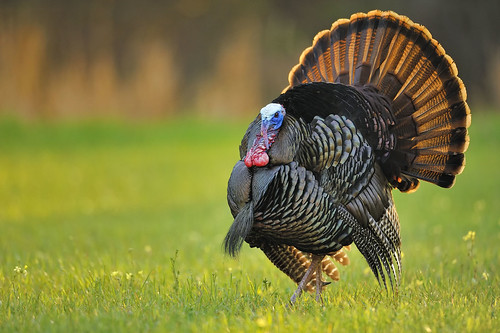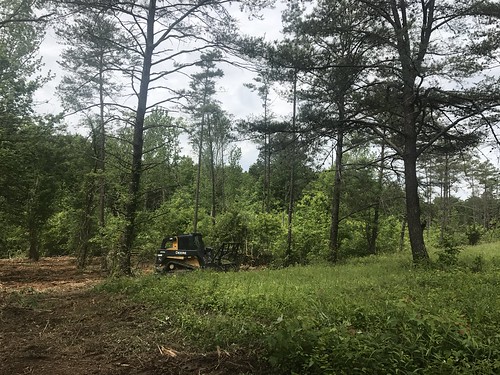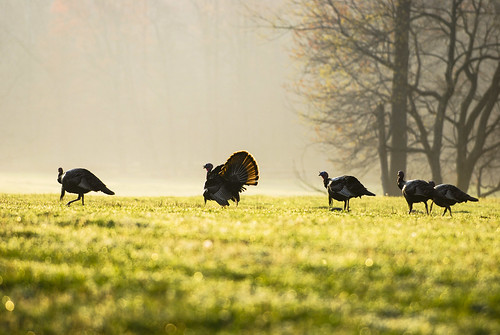
Did you know that the wild turkey nearly triumphed over the bald eagle as the symbol of America? Yes, it’s true. Proponents as luminous as Benjamin Franklin once advocated for the turkey to be the symbol on the Great Seal of The United States. That’s all history now, but the turkey remains of strong interest to conservationists. Progress continues on over 40 active U.S. Forest Service habitat projects in partnership with the National Wild Turkey Federation.
Since Franklin’s day, numbers of wild turkeys dwindled for a time, but conservation projects through the years helped boost their numbers up to now over 6 million across North America. Today, stable populations of wild turkeys exist all over the continental US, Canada and Hawaii.
In Kentucky, a “Mid-South Rebirth” project is underway at the Cumberland Plateau on the Daniel Boone National Forest. USFS and NWTF staff are working side-by-side with other partners across more than 30,000 acres. The Cumberland Plateau is one of 87 focal landscapes across the U.S. where NWTF has active conservation projects.
The project is intended to create more woodland and savannahs, and restore shortleaf pine, which experienced significant decline from 1999 to 2001 due to pine bark beetles. The project is also focused on reducing autumn olive and other non-native, invasive species. Clearing away non-native, invasive plants and trees will make room for native species to grow. Meanwhile, teams are planting oak and shortleaf pine trees. All of this is intended to create ideal nesting and brood range for wild turkeys.

“Non-native invasive species compete with native forbs and legumes that are essential to survival for turkeys and other wildlife,” said Jason Lupardus, district conservation field manager-Midwest with NWTF. “Native forbs and grasses have erupted since the removal of the non-native and noxious woody plants.”
Prescribed fire is also being used as a restoration tool, and the team is in the third year of a four-year process of controlled burns. Prescribed burning clears away non-native invasive species while making the land less susceptible to wildfire.
“Devastating wildfires hit this region last year,” Lupardus said, “and the areas that were treated from our working efforts were not impacted from wildlife due to the proactive approach. The development of safe fire breaks, creation of small openings, planting of shortleaf pine, and using prescribed fire on a large scale in a patchwork design has been effective at managing multiple habitat types.”
The project will also benefit other native wildlife, including the northern bobwhite quail, white-tailed deer, elk, ruffed grouse, golden-winged warbler, over 40 species of successional-dependent songbirds, and a variety of pollinators.




